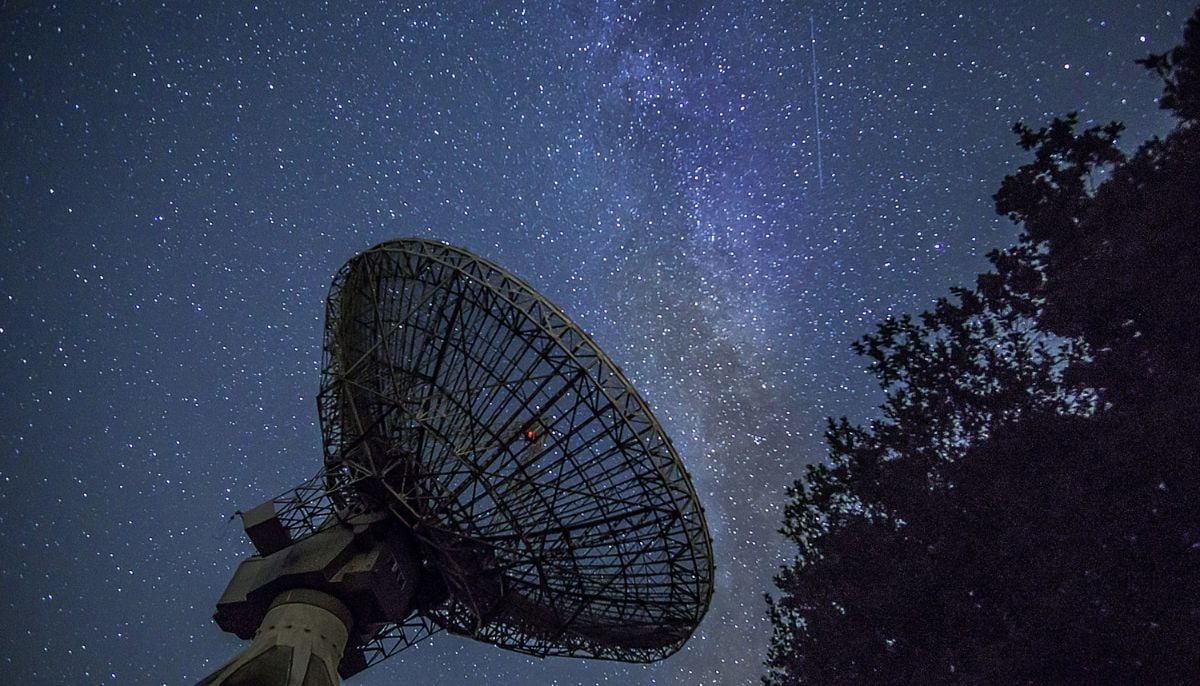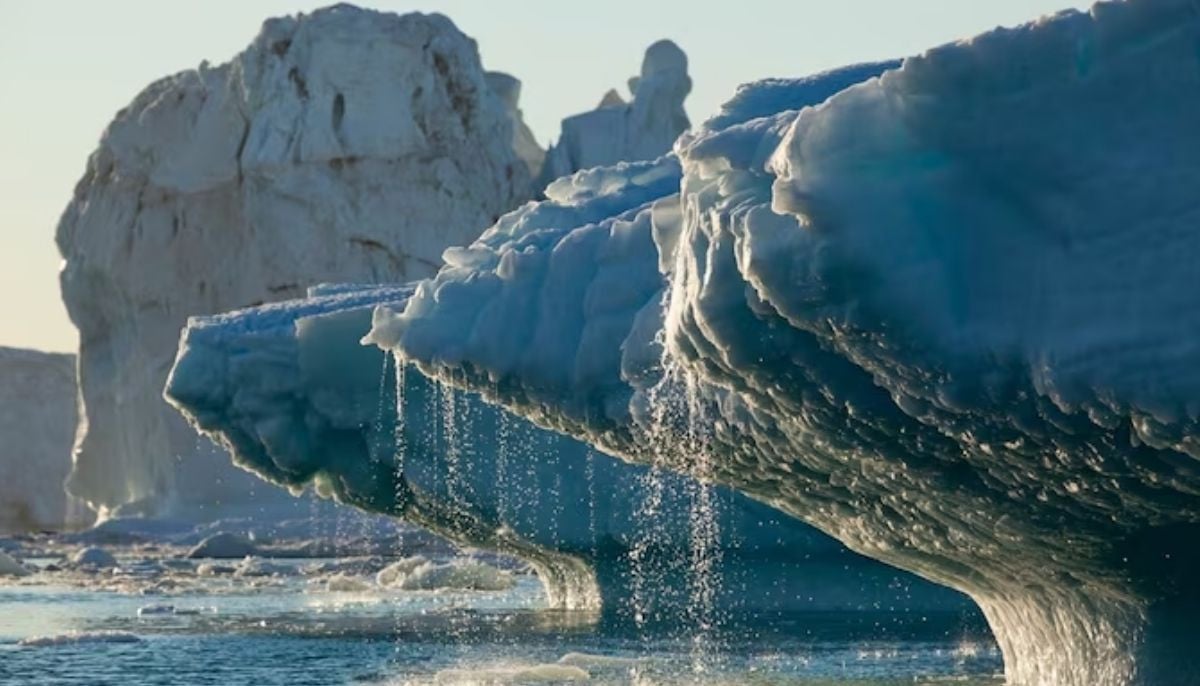Saturn's 'Death Star' moon Mimas probably has ocean — here's to know more
Saturn's "Death Star" moon Mimas is said to have formed between 2 to 25 million years ago
Scientists have found evidence that Mimas, a tiny moon of Saturn, might contain the makings of a habitable planet because there may be a liquid ocean beneath its thick frozen crust.
This startling discovery fundamentally alters our understanding of what an ocean moon is and may ultimately influence how we look for extraterrestrial life on solar system moons. For this reason, Mimas, dubbed as the "Death Star" due to its resemblance to the Empire's space station in Star Wars doesn't initially appear to be the type of body that scientists would anticipate to maintain an ocean. It doesn't even appear to be able to hold such a large amount of liquid.
According to the study team responsible for this exciting discovery, the ocean lies between 12 and 18 miles (20 and 30 kilometres) below the surface of Mimas' ice crust.
It is also thought to be quite new, having formed between 2 million and 25 million years ago. Still, the ocean seems to make up at least half of the moon's volume, even if it has been submerged for millions of years.
"The major finding here is the discovery of habitability conditions on a solar system object which we would never, never expect to have liquid water," Valery Lainey, discovery team member and a scientist at the Observatoire de Paris, told Space. "It's really astonishing."
Mimas now bears an even greater resemblance to Enceladus, the sister moon of Saturn, which scientists had previously known to have a subterranean ocean. The ice-covered moon Enceladus, which is around 310 miles (500 km) across, and the similarly icy Mimas, which is slightly smaller at 246 miles (396 km) across, are both similar in size and exist at similar distances from the gas giant Jupiter.
The ocean of Mimas has not yet cracked its icy crust, in contrast to the ocean of Enceladus, which breaks its surface in the form of enormous jets and plumes. This is one of the main differences between the two moons.
-
Blood Moon: When and where to watch in 2026
-
Elon Musk’s Starlink rival Eutelsat partners with MaiaSpace for satellite launches
-
Blue Moon 2026: Everything you need to know
-
Scientists unravel mystery of James Webb’s ‘little red dots’ in deep space
-
ISS crew of four completes medical evacuation with safe splashdown off California
-
Annular solar eclipse 2026: Here's everything to know about the ‘ring of fire’
-
World’s first ice archive created to preserve fast-melting glaciers’ secrets
-
NASA, DOE to develop Nuclear Reactor on the Moon by 2030












